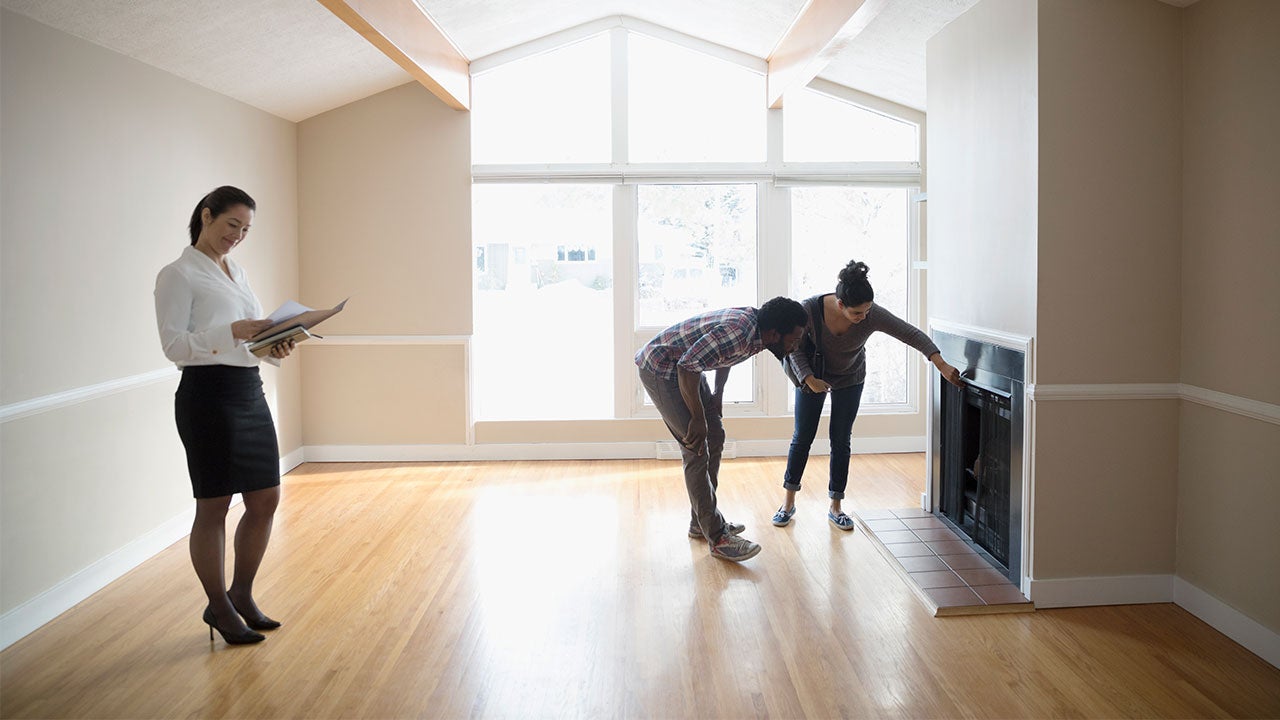What is closing day?

Buying or selling a house requires a lot of things from all parties involved. The most important part of your homebuying or selling experience comes down to the closing day — and by the time you get to it, you may feel more than ready to cross the finish line.
Fortunately, when you know what to expect, navigating this last critical step can make the process smoother for everyone involved.
Prior to closing day
What is closing day? It’s the actual date on which the ownership of the house, the “title,” transfers from the seller to the buyer. For that to happen, several major tasks will need to be completed in advance, which is why the entire closing process usually takes between 30-50 days. During this period, there may be some additional negotiation over the home’s purchase price or terms, depending on what details emerge during the inspection and financial due diligence process. Then both parties will agree to sign the final documents.
During the closing period, the following events typically take place:
- The buyer and seller sign the purchase and sale agreement. The real estate agent(s) produce a real estate contract for the sale. Both the buyer and the seller need to sign this purchase and sale agreement. The buyer puts up a good faith deposit.
- A home inspection is conducted. Buyers, it’s time to do your due diligence. Hiring a home inspector means you have an expert evaluate the house from top to bottom and alert you to any potential problems. Sellers, you’ll need to make sure the home inspector has access to all of your home and that utilities are turned on. Based on the results of the inspection, stipulations may be made, and amendments to the contract.
- The buyer secures financing. Most buyers need to get a mortgage to buy a home. Even though they may have been preapproved by a lender, they now must go through a detailed underwriting process to get a loan for this specific property. In fact, this step is usually why closing takes so long.
- The house gets appraised. If you’re getting a mortgage, your lender will likely require a home appraisal as a next step. The lender will generally walk you through the process to get the appraisal completed.
- The buyer gets insurance. Again, lenders require this as a means of protection for their financial interests (and yours). You are typically required to get proof of a homeowners insurance policy in advance of your closing date for the loan to be approved and closing to be successful.
- Contingencies get released. Real estate contracts usually come with contingencies that stipulate that something needs to happen in order for the sale to go through. The sellers commonly establish a contingency that the buyer needs to get the required mortgage by a certain date, for example. Or the buyer might make the purchase contingent on the seller fixing something that was discovered during the home inspection. Both parties need to release all applicable contingencies before they can sign on closing day.
- The buyer receives the closing disclosure. This is an important document that mortgage lenders legally have to provide to the buyer three days before closing. The closing disclosure summarizes key details of the loan, like the interest rate, the loan amount and the buyer’s monthly mortgage payment. It also lays out the amount of money the buyer needs to bring to the closing table for the down payment and closing costs. Sellers also receive a closing statement from the title company or closing agent handling the transaction, an itemized list of all the buying or selling costs associated with the sale.
- The buyer completes the final walkthrough. The final walkthrough is typically the last step that takes place right before the closing date. It allows the buyer to see the property one more time and make sure everything is in order for them to take over.
As the actual closing date nears, both buyers and sellers should think about the logistics of the upcoming move, too. That generally means arranging a moving company, setting up utilities at your new address and changing your address with the U.S. Postal Service.
Day of closing
On the day of closing, the buyer signs the agreement with their lender so that the lender can issue money to the seller for the home purchase. At the same time, the seller legally transfers the title of the home to the new owner.
Historically, closings took place in person with a title agent, both real estate agents and the mortgage lender in attendance. During the Covid-19 pandemic, however, the process became largely digital. In some states, you’ll at least need to have a notary come to your house at a specified time to witness your signing certain documents.
The real estate agents involved in the process should help to set the closing date and arrange the details for the day of closing. They’ll assist if you choose to close in person or if you decide to close virtually. If you have any concerns, you may elect to have a real estate attorney involved, if necessary.
Once the closing date is set, there are a few day-of tasks that will typically need to be completed by the buyer and seller.
For sellers
Preparing for closing as the seller shouldn’t take you more than a few hours, and the actual tasks for closing day may take less than half an hour. In some cases, you might be able to sign documents at your house and have the money from the sale wired to you, which would mean you don’t need to go to the closing table at all.
At closing, sellers will typically produce these items for the appropriate parties:
- Personal identification documents, like a driver’s license
- The house keys, remotes to the garage, security system codes, mailbox keys or anything else that gives entry to the house and its attachments
- Any documentation pertinent to the house, like warranties or owner’s manuals for appliances or systems
- Certified checks to pay off their mortgage (if they have one), any administrative fees they’re responsible for
- A pen to sign the title and final purchase agreement
For buyers
You have a much more involved closing day than the seller. Prepare to be at the closing table for somewhere around a couple of hours, primarily to account for all the required signatures.
To prepare, your real estate agent and mortgage lender should inform you of what you need to have ready. Usually that includes:
- Personal identification documents, like your driver’s license, a marriage certificate (if you’re buying the property with a spouse and you don’t have the same last name or identification for your co-signer)
- Certified funds for the down payment and closing costs (usually, a certified check or a cashier’s check)
- Proof of homeowners insurance
- A pen to sign everything from the title and mortgage to the closing disclosure, purchase agreement and any HOA documents
Your lender might also request specific other documents, like a letter if a relative is gifting you money for the down payment. Keep a list of everything you’re instructed to bring so you can stay organized. You may even find keeping the necessary documentation in a folder is helpful to bring with you to closing day.
What could go wrong? Preparing for potential problems
The primary issue that occurs on closing day is missing or inaccurate documentation. Arriving at the closing table without everything you need might mean extra time or travel to track something down. If you have online access to your bank account, homeowners insurance policy or mortgage agreement, bringing a laptop or tablet with you might save you a trip. Printing extra copies of documents that need notarized signatures can help if someone signs in the wrong place, or if there is a typo that needs correcting in advance of signing.
Any other issues — like something the buyer discovered during the final walkthrough, or a problem with their mortgage — usually come up and can be addressed before closing day. At most, it might delay closing by a few days. By the time the actual closing date rolls around, everything should be in order.
Final thoughts on closing day
The closing process usually takes a month or more so that everything can get organized for the home sale. By the time closing day comes, the buyer should be satisfied with the current state of the home and have the funds necessary to purchase it. The seller should be ready to transfer the home’s title and hand over the keys.
It requires a lot of work, but it’s an exciting experience, too. If completed properly, closing day marks the opening of a new chapter in both parties’ lives.






